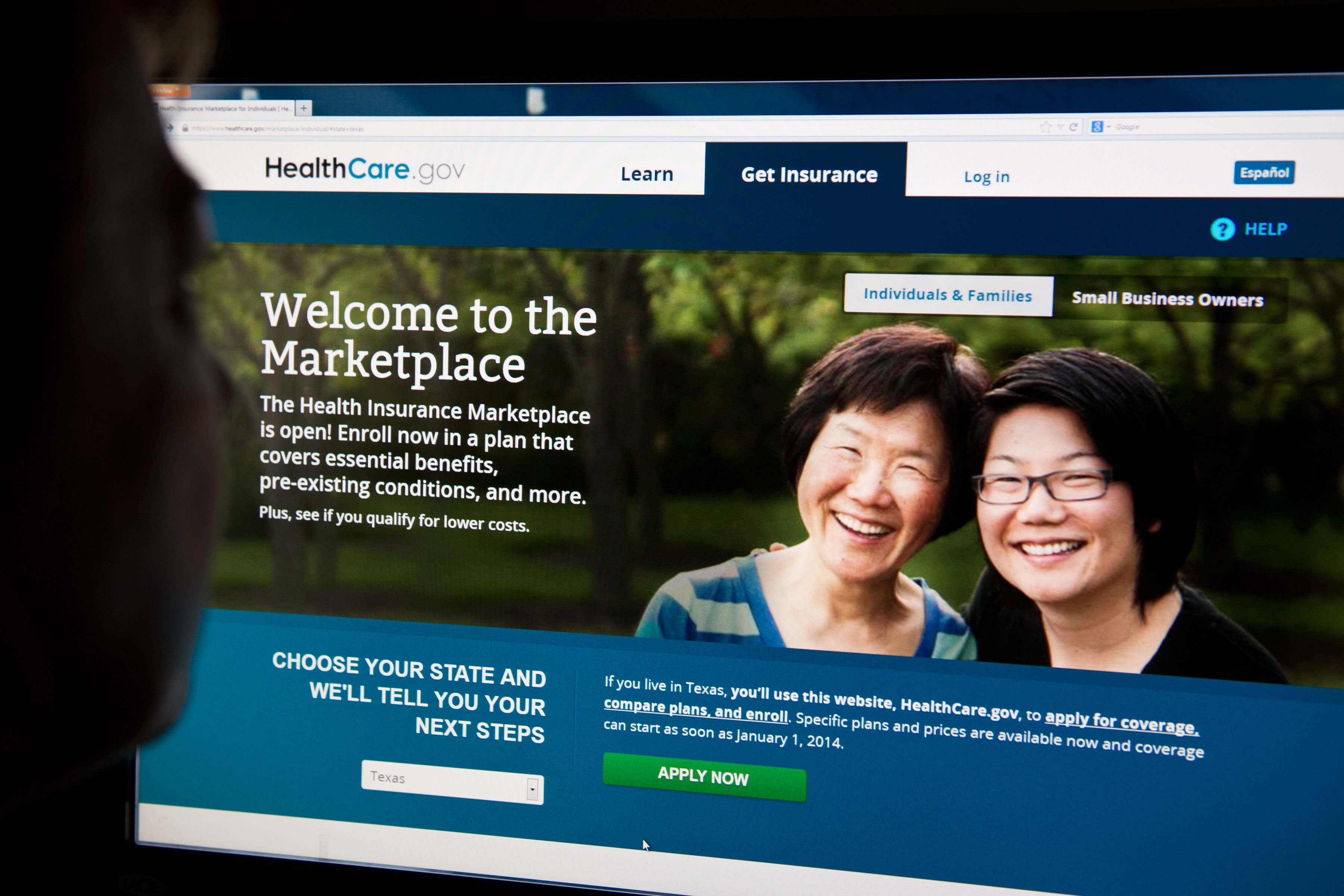Addressing the Uninsured Crisis: A Look at the Challenges Faced by Americans
CLARKESVILLE, Ga. — In September of last year, Alton Fry visited his doctor with concerns about high blood pressure. Little did he know that this visit would lead to a life-altering diagnosis of prostate cancer.
As a self-employed masonry contractor in a rural Appalachian community, Fry, 54, found himself grappling with tens of thousands of dollars in treatment costs without the safety net of health insurance.
“I’ve never been sick in my life, so I’ve never needed insurance before,” Fry shared. His focus had been on rebuilding his life after a period of incarceration, maintaining his sobriety, reviving his business, and rekindling his marriage. The idea of securing health insurance had slipped through the cracks amidst his busy life.
With a household income of approximately $48,000, Fry and his wife found themselves in a financial gray area—earning too much to qualify for Georgia’s limited Medicaid expansion, yet unable to afford the steep premiums of plans on the state’s Affordable Care Act exchange.
Feeling abandoned by the system, Fry turned to a crowdfunding campaign initiated by a friend to alleviate some of the financial burden. In an effort to cut costs, he opted for a less aggressive treatment plan than what his doctor had recommended.
“There is no help for middle-class America,” Fry lamented.
Recent data from the Centers for Disease Control and Prevention revealed that over 26 million Americans were without health insurance in the first half of 2024. This demographic primarily consists of low-income adults under the age of 65, people of color, and is concentrated in the South and West regions of the country.
The uninsured rate in states that have not expanded Medicaid, like Georgia, stood at 14.1% in 2023, compared to 7.6% in expansion states, according to the Kaiser Family Foundation (KFF).
As the nation faces potential policy changes that could lead to millions losing health coverage, individuals like Fry are left navigating a broken system, struggling to access the care they desperately need.
Health policy experts warn that the consequences of such changes could be catastrophic, resulting in delayed care, compromised access to essential treatments, and deteriorating physical and financial health for many.
A Fragmented System
The United States stands as the only developed country where a significant portion of the population remains uninsured, a product of decades-long resistance to universal coverage from various stakeholders.
Sherry Glied, dean of New York University’s Wagner School of Public Service, underscored the inherent complexities of the health insurance system, noting that numerous individuals fall through the cracks due to its fragmented nature.
Despite efforts to expand coverage through programs like Medicare, Medicaid, CHIP, and the ACA, the U.S. healthcare landscape remains disjointed, lacking a unified approach to ensure comprehensive coverage for all Americans.
The reliance on employer-sponsored insurance, rooted in historical wage and tax policies, has led to gaps in coverage for individuals who are not part of the traditional workforce, such as children, the elderly, and individuals with disabilities.
With a patchwork of insurance programs in place, the U.S. healthcare system continues to grapple with disparities in coverage, leaving many vulnerable populations underserved.

Falling Through the Cracks
The absence of a cohesive healthcare system has left many Americans struggling to access the coverage they are eligible for, resulting in missed opportunities for timely care and essential treatments.
Individuals like Yorjeny Almonte, a cabinet warehouse inspector in Pennsylvania, and Kiana George, a resident of Alabama, have found themselves caught in the complexities of the healthcare system, facing barriers to enrollment and affordability.
Almonte, 23, missed the enrollment deadline for her employer’s health insurance plan, while George, 30, lost her Medicaid coverage after securing a job that paid too little to qualify for subsidized ACA plans but too much for Medicaid in Alabama.
These stories highlight the struggles faced by many Americans who find themselves in limbo, unable to access the care they need due to systemic shortcomings and financial constraints.
Widening the Gaps
Recent legislative proposals aimed at curtailing healthcare spending and restructuring Medicaid requirements have sparked concerns among experts and advocates.
While some argue that cost containment measures are necessary to rein in escalating healthcare expenditures, others caution that such moves could exacerbate existing disparities and leave vulnerable populations at greater risk.
As the healthcare landscape evolves, individuals like Labon McKenzie from Georgia find themselves in precarious situations, unable to afford essential treatments and grappling with the consequences of an ailing system.
McKenzie’s plight reflects the harsh realities faced by many Americans who are unable to access care due to financial constraints and administrative hurdles.
As policy debates continue to unfold, the future of healthcare in America remains uncertain, with millions of lives hanging in the balance.
If you have a story to share about your experience with health insurance coverage, please reach out to KFF Health News to contribute to the ongoing dialogue.


